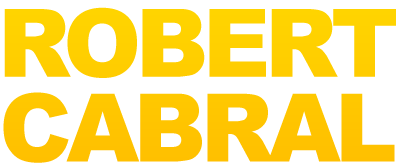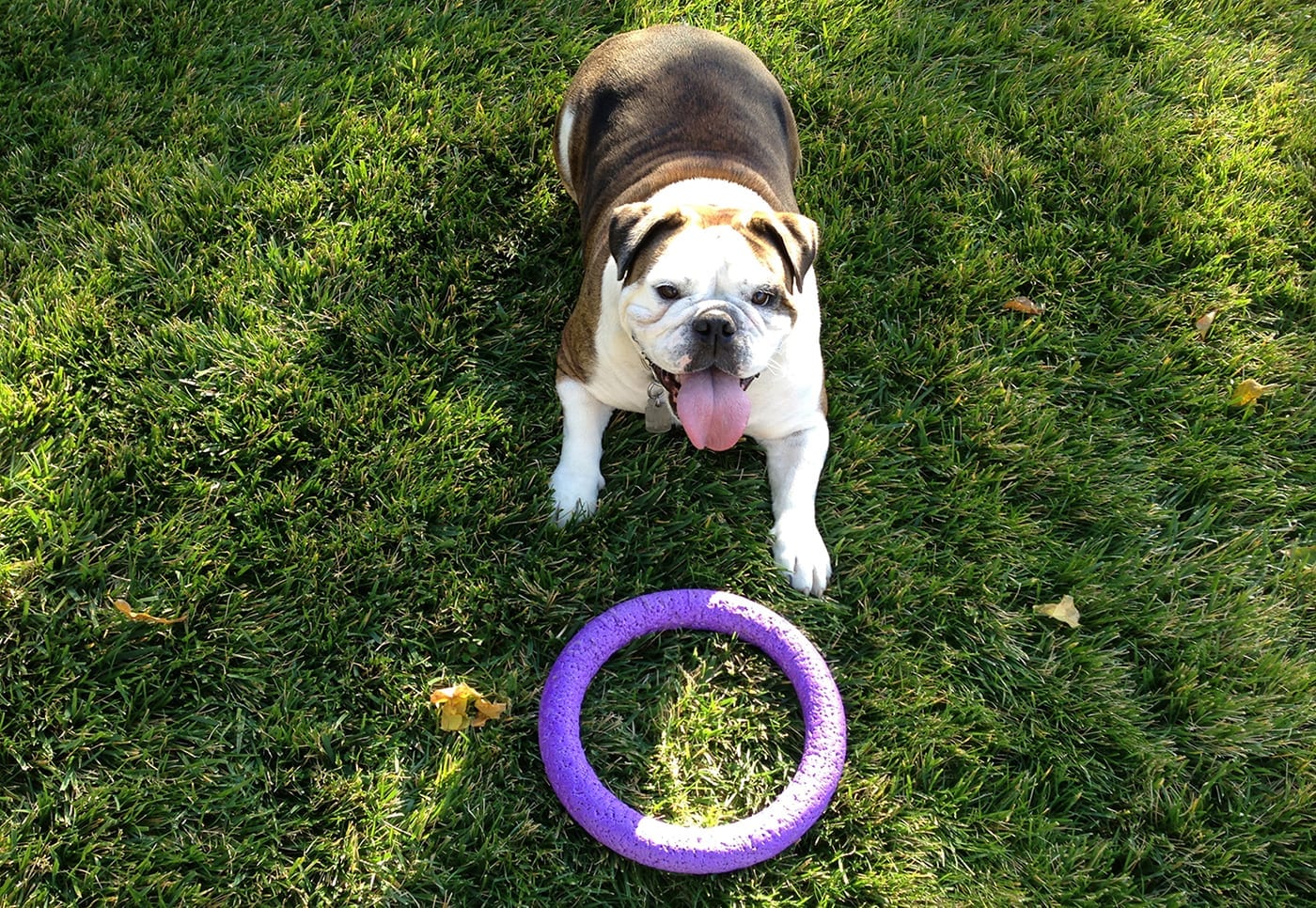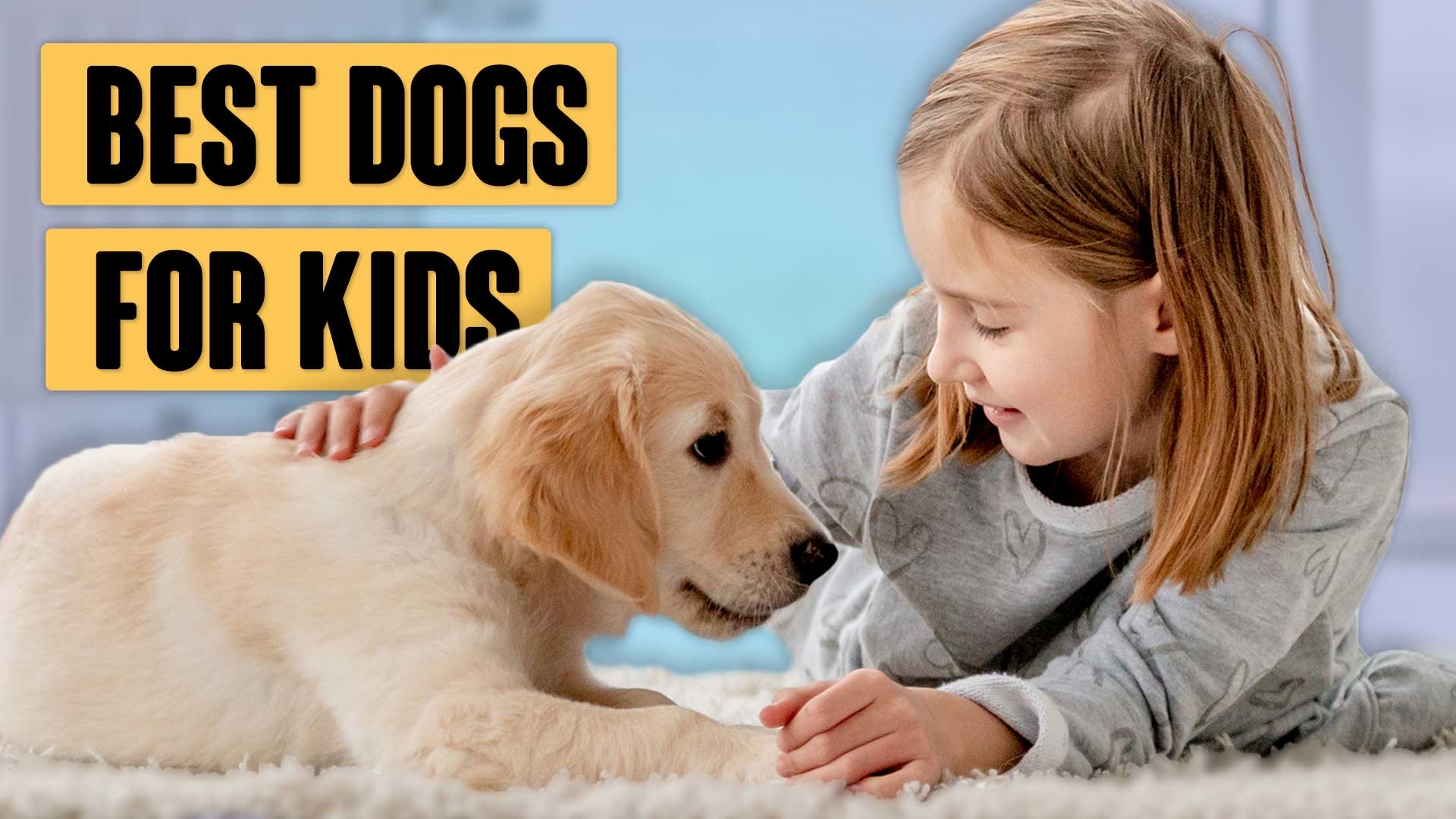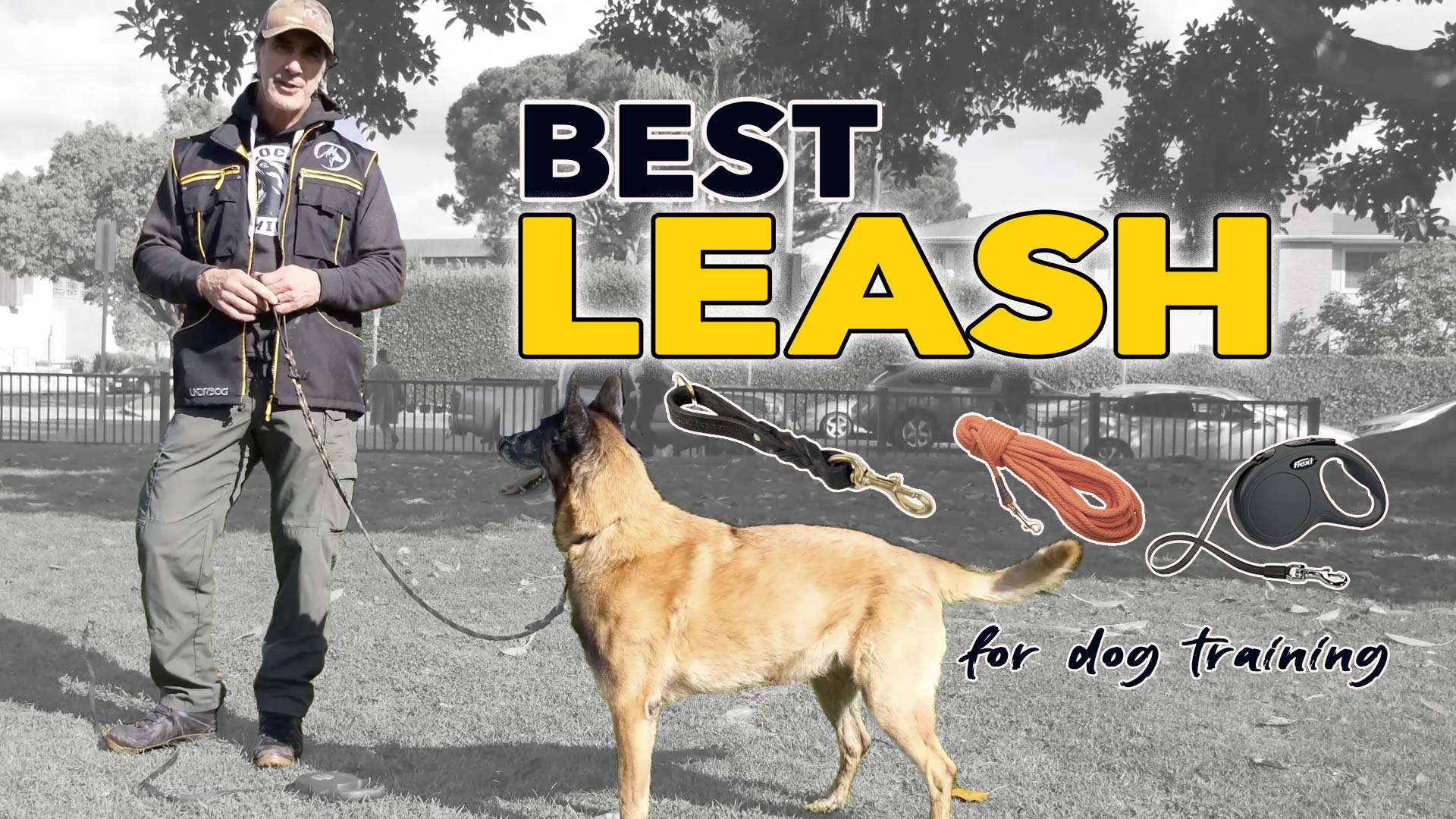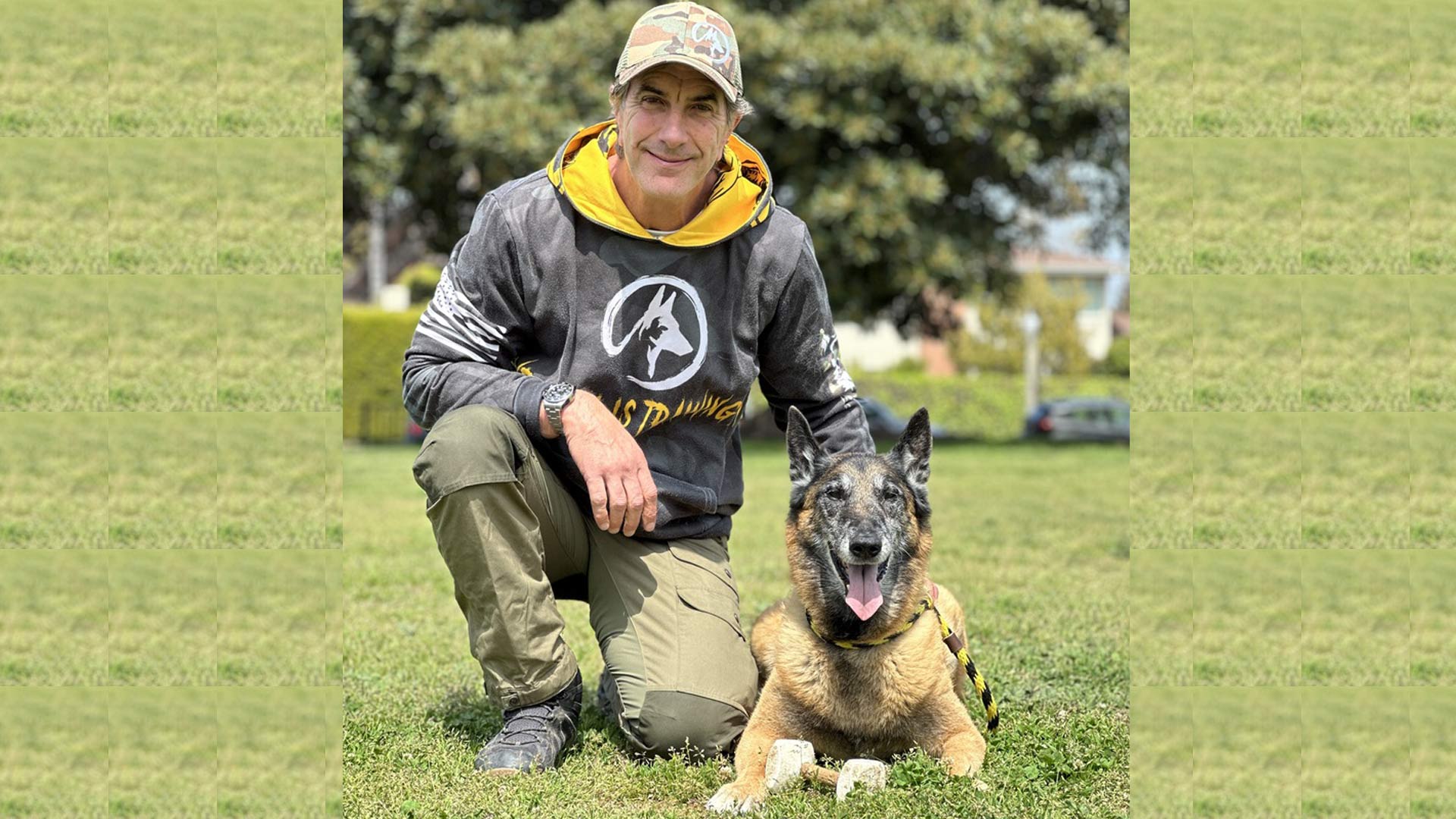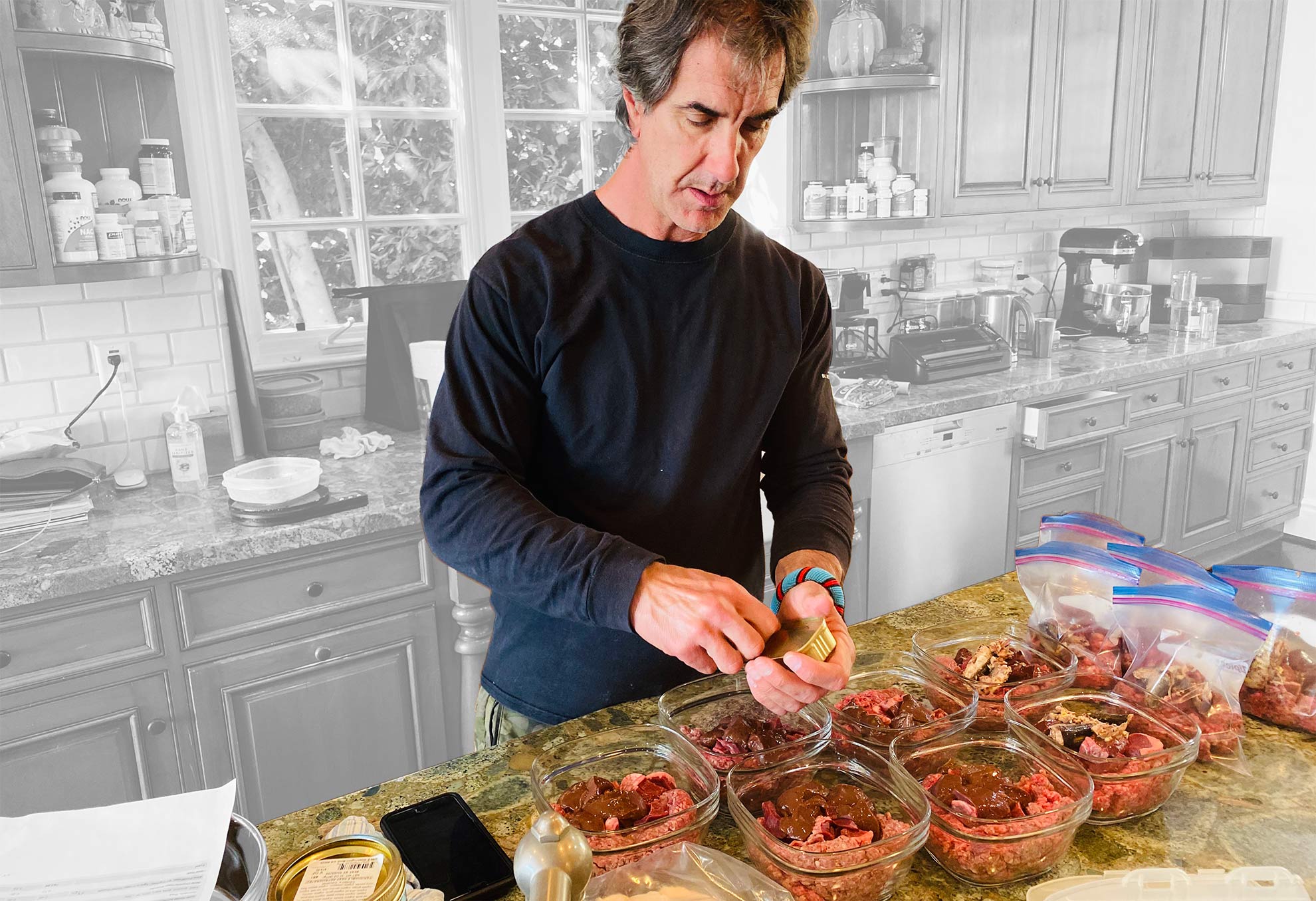Dog training involves thinking more about your dog than yourself. This holds true whether you’re training your dog to sit, training a dog for obedience championships or training a dog for a complex task like protection or scent detection. The most important thing to think about is, “How does your dog think?” or “How can your dog best understand what you are trying to teach him?”
Although it may sound negative: unless you set your dog up to succeed under your training, you inevitably set your dog up for failure.
So many people feel that yelling the command louder or yanking harder on the leash will make the dog better understand what it is you’re trying to teach him. Quite the opposite is true. When dogs are shutting down and “not getting it,” force is always the WRONG option to revert to. Usually at this point it’s important to back up and go back to something that your dog already understands. People often wrongly use force as a result of their frustration and end up crushing the spirit of the dog. Corrections used on a dog that is knowingly doing something wrong is a completely different subject.
See: online dog training
If you don’t set your dog up for Success – You set him up for FAILURE.
So, if you expect too much of your dog and he doesn’t get it, more than likely you’ve failed your dog by not teaching him properly. It’s important to understand that not all dogs are cut out for all types of training. Competitive obedience dogs, sport dogs and protection dogs are bred for this purpose and the DNA lies in their genes. Most (and I say most) dogs that people acquire as pets are not cut out for complex training. Every once in a while someone will get some crazy-smart dog from a rescue or a shelter, but for the most part, this isn’t the case. I say this for a reason, I don’t want people to expect more from their dogs than the dog can give.
To understand how a dog learns, you have to understand what makes your dog happy. If your dog loves food, toys or games, it is these tools you must use to train him. Show him (lure him) into a simple behavior and when he does it ONCE, give him a huge reward. Once he learns that there is a pot of gold at the end of the behavior, he will do anything to get it in the future. When training bomb or dope sniffing dogs, we place a reward with the scent we want to dog to target (in the same box). The dog associates the reward with the scent we are training for. Later we remove the reward and the dog still targets on the trained odor. We can then reward the dog for indicating the target scent. Of course the process is a bit more complicated, but I’m describing it here to show that every training requires a reward. I think it’s only very naive trainers who believe that you can force a dog into a behavior and have the dog learn from it.
Thinking you can force your dog to learn is setting yourself and your dog up for failure.
Whether you are trying to teach your dog a simple COME, SIT or STAY or a complex behavior, you must start small and build from there. One common thing I am asked is “Why won’t my dog come when I call him?” The answer is simple, most people yell COME at their dogs constantly and then end up chasing them through the yard. The dog has LEARNED that COME means, “I run and you chase me.” When I teach a dog a recall – COME – it’s always on a line and it’s always me running away from the dog and the dog chasing ME. I will never just say COME and expect a dog to come to me. I also NEVER ask a dog to COME unless I know he knows the command. Every time I ask a dog to do a behavior I am certain that I can enforce my command.
If I allow a dog to get away with not doing the command, I set my dog up for FAILURE.
So, in short, everything that goes into helping a dog learn is up to you. YOU are responsible for teaching your dog what it is he should know. You can’t expect him to have previous knowledge. And if you don’t follow through with your training, if you let your dog get away with not doing what you’re asking, you are at fault. During the training phase, we NEVER ask a dog to do something that we can’t enforce. Doing so teaches a dog that not complying is an option. And, if a dog learns that non-compliance is an option, HE will determine WHEN he will listen in the future.
EVERY Command that is completed is followed by a REWARD –
EVERY Command not successfully completed is repeated with guidance so the dog may be REWARDED-
EACH reward further reminds the dog that Following our requests means Happiness and Reward!
The photo of Stella below shows her with her very favorite toy, her purple ring. She lives for this ring, so we bring it out to teach her everything we want to teach her. Her one and only goal in life is to play with this ring. Once we taught her that she can play all she wants with it, all she has to do is listen and learn some simple commands, she was more than happy to comply. Stella is a very happy girl!
Please watch this video that shows some of my philosophy on Success in Dog Training:
